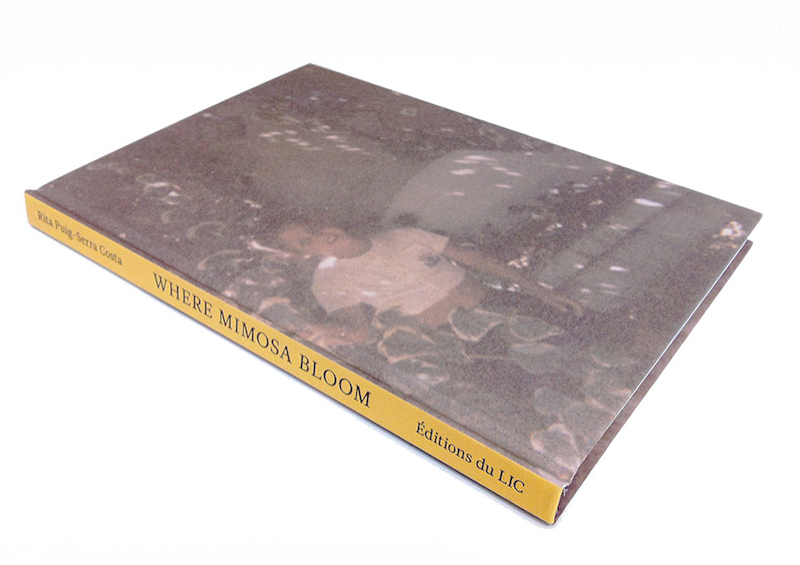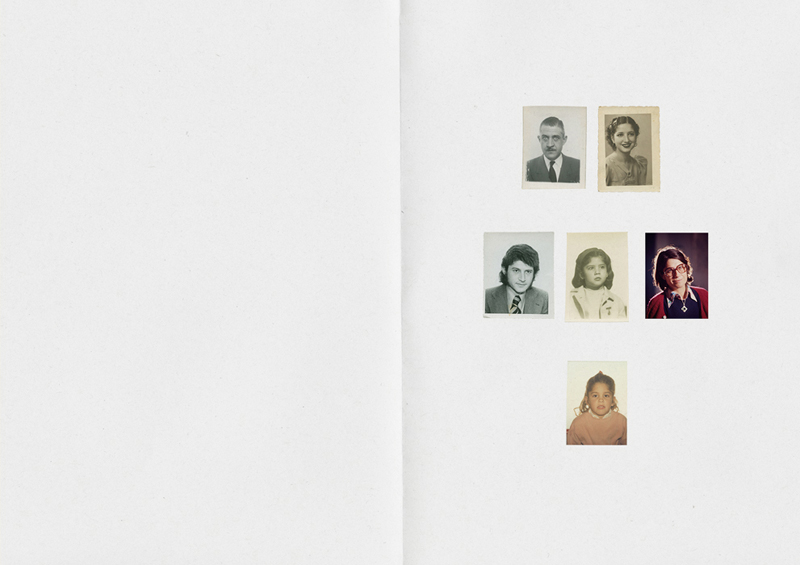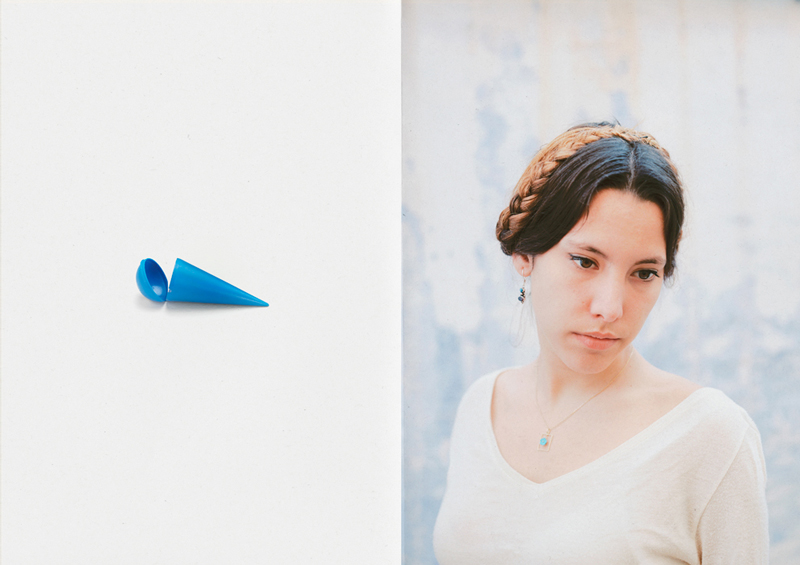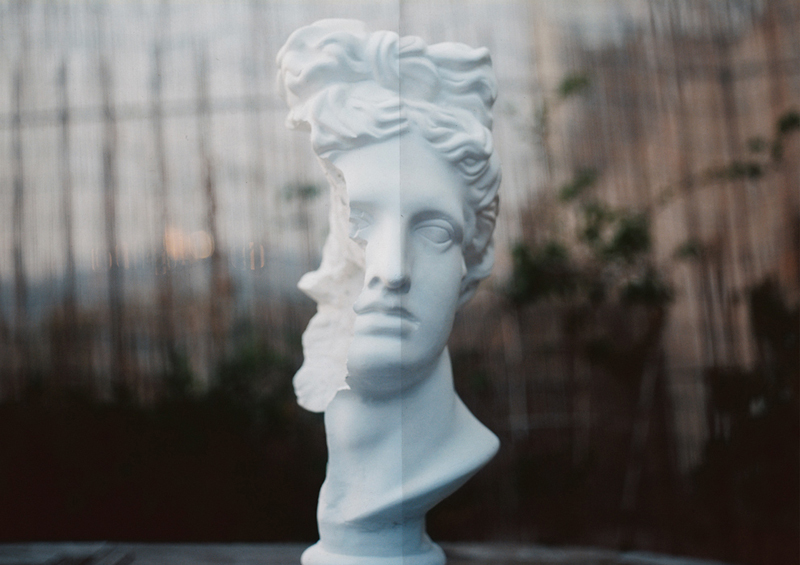1. Research a photo-book
Where mimosa bloom is a photo book by Rita Puig-Serra Costa which is the result of 2 years work, collecting and photographing things and different areas. The narrative is very emotional as it was an outlet for Costa to deal with the grief she felt after loosing her mother. The subject matter of the book is diverse, as there are archival images, portraits of people who played an important role in her relationship with her mother, and also landscapes of places.

2. Who is the photographer?
The photo book is described as being “an extended farewell” to her mother in the form of images, meaning it was made as an homage to her mother. I think this photo book effectively shows love, loss and pain. Because this piece of work is very emotional, it is likely that only positive sentiments of her family unit will be shown, which can be limiting as we may not get a full insight to her family.
3. Deconstruct the narrative, concept and design of the book such as:
- Book in hand: When holding the book, it is clear it is a hardcover and that there is some sort of texture to the front and back cover. The binding appears to be regular as it is all joined together on the left side.
- Paper and ink: The paper and ink used appears to be standard and there is a clear use of bright and pastel colors instead of darker ones. The book has a Hot foil embossed textured hardcover and 5 die cut pages. 54 color plates are used.

- Format, size and orientation: The size of the book is 16 x 22.5 cm and the orientation is Portrait.It is A5 size with 96 pages.
- Title: The title is rather poetic, and relevant as mimosa are soft and delicate and this could reflect that this plant was important in her relationship with her mother. Since it is quite poetic it is very intriguing as it invited the reader in in order to be able understand it’s metaphorical meaning.
- Narrative: The story is about her’s and her mother’s life and the subject matter at hand is her family and important relationships within her personal family structure. It is told at the beginning through a family tree style approach as with every die cut page we turn someone else from her family is revealed. We then go onto see archive materials in the form of images and objects along with portraits in order to further understand the individuals shown.
- Structure and architecture: One repeating motif seen throughout the book is how there is a repeated structure of placing an image of an object, next to a family member’s portrait. I think this aids the narrative since it develops the concept of her attempting to reconnect with her mother through people and objects, and having this repeated also helps the audience to feel as if they are a part of her journey of discovery.

- Design and layout: The photographer uses a wide variety of techniques when displaying her images. Some images are portrayed landscape, while others such as portraits are displayed portrait. Some images are displayed using a double spread, whereas some archive images are displayed altogether on a page in groups of 3. The book contains no inserts or fold outs, which I feel is good otherwise the book could become too confusing and the viewer would not focus on the concept as the way the images are displayed is already quite varied.

- Editing and sequencing: There are 5 die cut pages at the beginning, where a different picture is revealed from cut out paper as you turn a page. This sequence reinforces how the book revolves around family, and it introduces her relatives to us in a simple way, which doesn’t overwhelm you with knowledge. The photographer also chooses to display certain objects on one side of a page next to a portrait, which could convey the feeling that the object is of significant importance to the person shown in the portrait. This also creates an obvious juxtaposition because a portrait and an object contrast very clearly.
- Images and text: Towards the end there is a page which lists all the objects displayed in the book and all the people who’s portraits are in the book. It also shows what each object is and who it belongs too which is very effective because it allows the audience more likely to understand her story. There is also a sentimental letter towards the end which she has written, and addressed to her late mother. It is first printed in Catalan, which is the one of the official languages of the Spanish region of Catalan, which helps show the emotional connection between her and her mother since it is written is their native language. It is then printed again in English. She speaks about her she still feels her mother’s presence when surrounded by family, of when she looks at herself. She explains how although she is very upset that she’s no longer here, she finds comfort in the fact that she has so many ways of remembering her.
